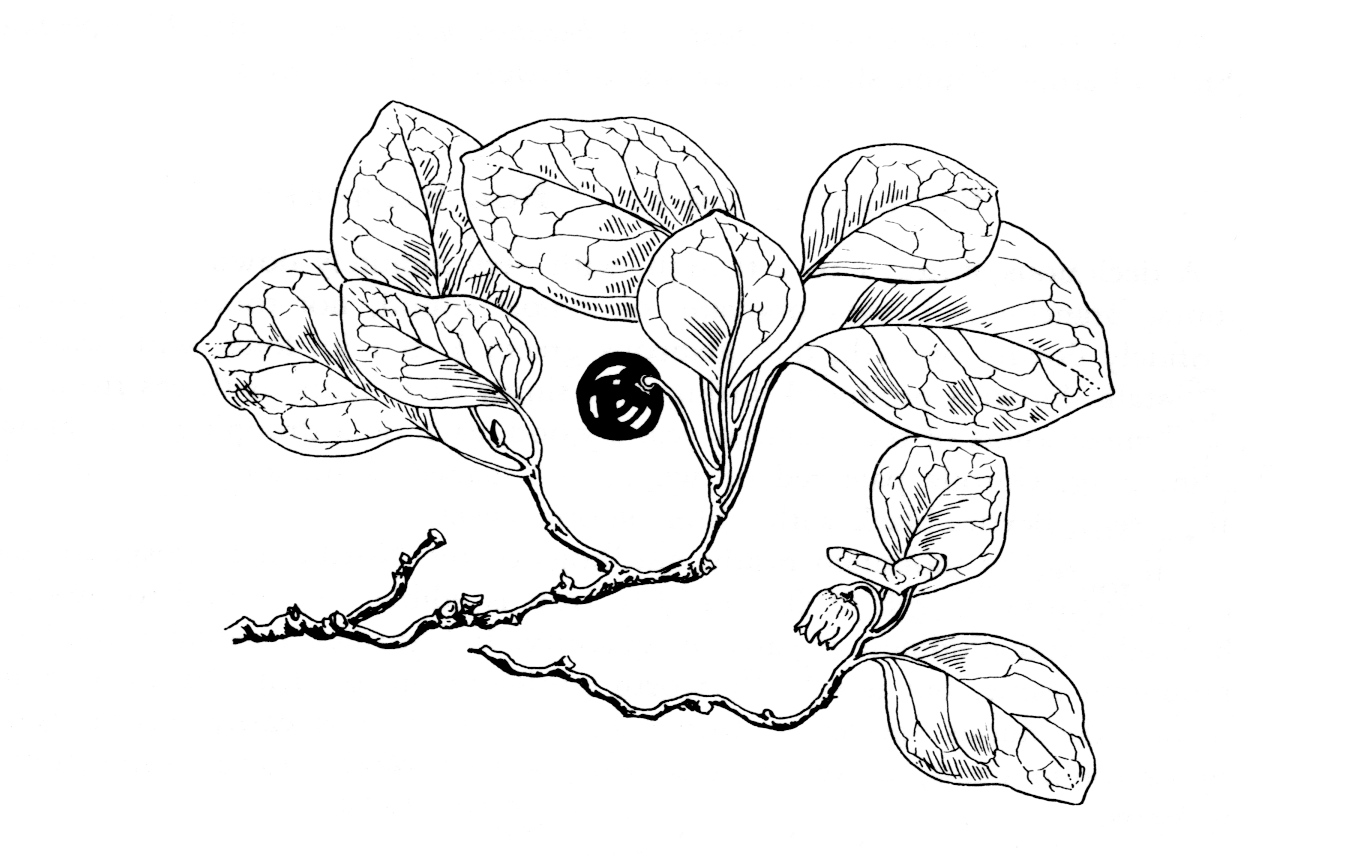Vaccinium praestans
Credits
Article from Bean's Trees and Shrubs Hardy in the British Isles
Recommended citation
'Vaccinium praestans' from the website Trees and Shrubs Online (treesandshrubsonline.
Genus
Other taxa in genus
- Vaccinium angustifolium
- Vaccinium arboreum
- Vaccinium arctostaphylos
- Vaccinium bracteatum
- Vaccinium caespitosum
- Vaccinium canadense
- Vaccinium corymbosum
- Vaccinium crassifolium
- Vaccinium delavayi
- Vaccinium duclouxii
- Vaccinium dunalianum
- Vaccinium erythrocarpum
- Vaccinium floribundum
- Vaccinium fragile
- Vaccinium glauco-album
- Vaccinium hirsutum
- Vaccinium × intermedium
- Vaccinium japonicum
- Vaccinium macrocarpum
- Vaccinium membranaceum
- Vaccinium moupinense
- Vaccinium myrsinites
- Vaccinium myrtillus
- Vaccinium nummularia
- Vaccinium oldhamii
- Vaccinium ovalifolium
- Vaccinium ovatum
- Vaccinium oxycoccus
- Vaccinium padifolium
- Vaccinium parvifolium
- Vaccinium stamineum
- Vaccinium uliginosum
- Vaccinium urceolatum
- Vaccinium vacillans
- Vaccinium virgatum
- Vaccinium vitis-idaea
A low deciduous shrub with a creeping root-stock; its glabrous or downy mostly unbranched shoots growing 3 to 6 in. high. Leaves obovate, sometimes broadly oval, usually rounded at the apex except for a small mucro, or broadly tapered to a point; always slenderly tapered at the base to a short stalk, indistinctly toothed, 1 to 21⁄4 in. long, 1⁄2 to 11⁄2 in. wide, both surfaces green, glabrous above, sparsely hairy on the veins beneath. Flowers white, tinged with pink, produced in June two or three together or solitary at the base of the leafy part of the stem, each on a short downy stalk that is furnished with two narrow, leaf-like bracts. Corolla bell-shaped, 1⁄4 in. or less long, with erect lobes at the mouth; stamens downy; calyx-lobes rounded, ciliate. Fruits 2⁄5 to 1⁄2 in. wide, globose, bright glossy red, sweet and fragrant.
Native of N.E. Asia, including northern Japan, also of the Aleutians and Alaska. It was shortly described in 1810 from a specimen that had been collected in Kamchatka, but does not seem to have reached cultivation until Wilson introduced it from Sakhalin in 1914. It is remarkably distinct for a vaccinium in its low, creeping habit, in the shape and size of its leaves, and in its large fruits, which some say have a fragrance like strawberries. Inured as it is to severe cold in winter it succeeds best in the north and in Scotland. In southern England it needs the same conditions as Therorhodion kamtschaticum – a damp, peaty soil and a position where it gets abundant light but little direct sun.

